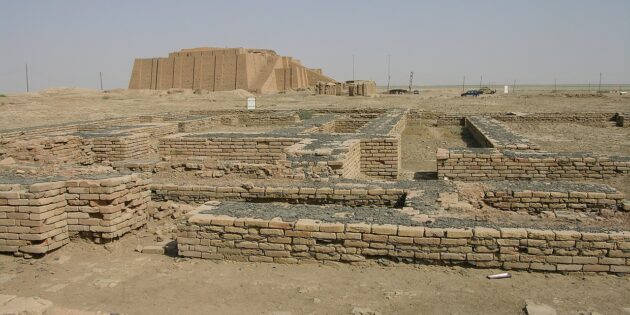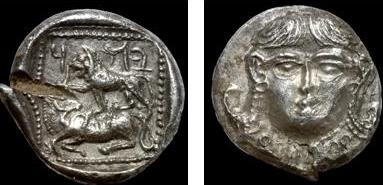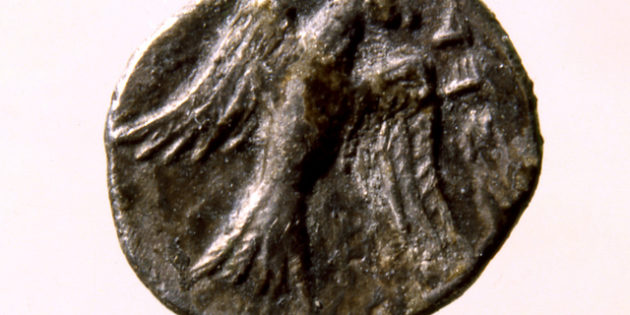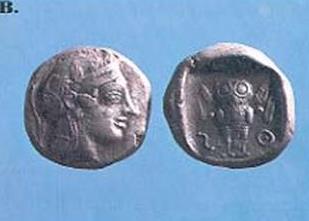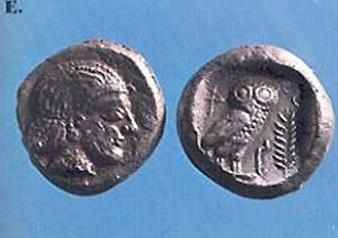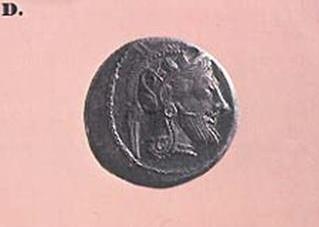Home » Bible and Beyond » Persian Period
Persian Period
The largest archaeological site on the east bank of the Sea of Galilee was once a thriving city of the Decapolis Most stories in BAR are about sites that have been excavated. In fact, I can’t recall a single story about a place that hadn’t been extensively excavated. This story—about Sussita/Hippos, in the Galilee—may be […]
Treasures from Bible Times Alan Millard (Belleville, Michigan- Lion Publishing, 1985), 189 pp., $14.95 Do not expect to find any new gems among the treasures from Biblical times that Alan Millard has assembled in this book. This is yet another of the seemingly endless flow of books relating archaeological discoveries to the Bible. The treasures […]
Subsequent excavations in bat dung by American archaeologist confirms original location of the papyrus scrolls; diggers find hundreds of additional small fragments in Jordan Valley caves. Nineteen-sixty-one was the third winter of drought. In the Old City of Jerusalem there were long queues at the water spigots. Tribes of Ta‘âmireh bedouin were drifting north past […]
Destruction of the Temple in Jerusalem by the Babylonians in 586 B.C.E. meant a twofold crisis- not only was Jerusalem destroyed and countless Judeans forced to leave their land, but also they believed that the Divine Presence–the shekhina–departed from Jerusalem. In order to bring back the Divine Presence, the people felt compelled to rebuild the […]
A Coin with the Symbol of Israel Date- 4th cent. BCE Current Location- Israel Museum, Jerusalem, Israel Language and Script- Aramaic, alphabetic Yehud Coin – Front Yehud Coin – Back General Information- • This minute silver coin, minted in Jerusalem in about 350 BC, is one of the earliest known Jewish coins, one of the […]
Athenian Coin This coin was a local imitation of an Athenian coin. It is a silver tetradrachma minted in Gaza in the 5th century B.C. The profile head is the goddess, Pallas Athena, and on the opposite side is the owl, her holy bird. The Holy Land in Coins, Yaakov Meshorer, BAR Mar 1978.
Glass and gold beads, a stick used for applying makeup, an alabaster bowl, a pendant, bronze mirrors, a necklace, an oil lamp, and a Babylonian stamp bearing the figure of a priest worshiping the moon god found in a cave near Ein Gedi. The artifacts date to the Shivat Zion (“Return of Zion”) era, after […]
Male Athena Coin 2 The owl, the symbol of Athens, appears on this coin, and on the reverse side we see a male head with beard and oriental hairdress. On the left side of the owl is the letter aleph (“A”); on his lower right is the letter nun (“N”) (both in old-Hebrew). Aleph and […]
Male Athena Coin The helmeted male head on this c. 4th century B.C. silver drachma is actually the head of Athena, as it appears on Athenian coins. The female face is disguised by the addition of a beard. The drachma was minted in Gaza. The Holy Land in Coins, Yaakov Meshorer, BAR Mar 1978.


